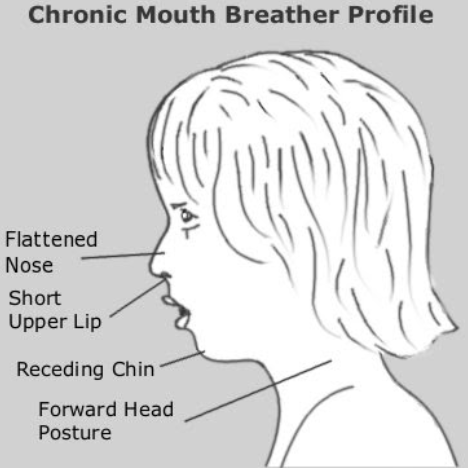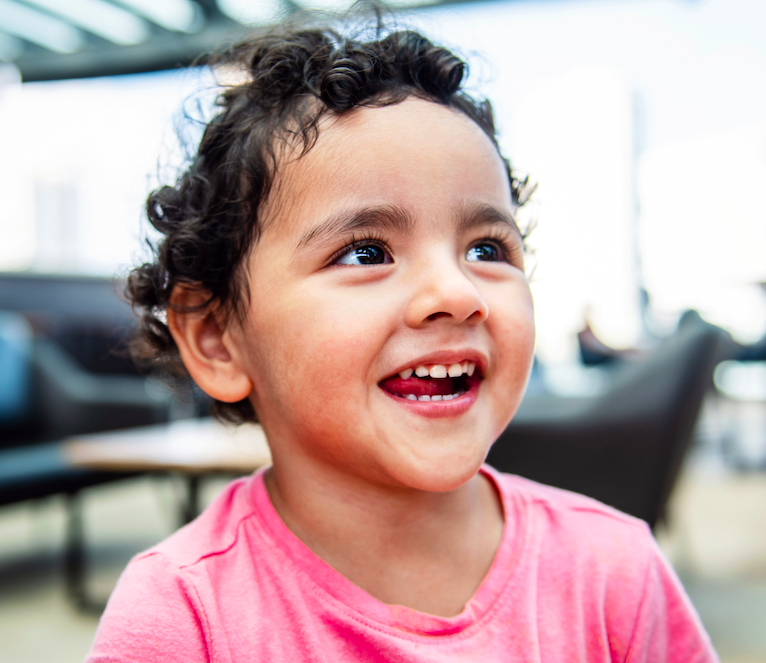As a practicing orofacial myologist in NYC I have observed various reasons for pediatric speech sound errors in children. One in particular I see which coincides with speech sound error is sleep disordered breathing resulting from an obstruction to the child’s airway. Enlarged tonsils, adenoids, or other anatomical differences in the mouth can disrupt a child’s speech sound production.
During our assessment, the child’s tonsils are measured to determine if an appropriate referral should be made. Children who have one or both enlarged tonsils according to either Brodsky or Mallampati Scoring Guide are referred out to a pediatric ENT for further assessment of function.
Enlarged tonsils may effect a child’s speech by limiting the movement and space of the tongue within the mouth. Many times these children have frontal lisps and other speech sound errors. The enlarged tonsils also facilitate an open mouth breathing posture, resulting from pushing the tongue forward and out of the mouth. Overtime this creates restrictive airflow, which is correlated with many negative effects on the body such as poor sleep and cognition. We see an anatomical change in the face of the child overtime as mouth breathing perpetuates throughout childhood.

An indicator of enlarged tonsils might be seen in scalloping of the tongue as well. When scalloping is noted, the tongue is resting and pushing against the teeth, resulting in ridges (scallops) on the tongue. These ridges could be a result of several factors including tonsil size, collapse of the jaw, teeth grinding and/or other possible oral motor dysfunctions which all should be assessed.

Tori Palatini or Palatal Tori are growths on the bone within the mouth. Depending on the size and place of these tori, the tongue may be resting forward and out of the mouth causing an open mouth breathing posture.

These are some of the more common issues we see impacting children’s intelligibility resulting from obstruction to the airway. It is important that before speech therapy starts, these are ruled out and treated as to provide the best possible care and consideration for our clients.
Written by Rebecca Taskin MS, CCC-SLP


